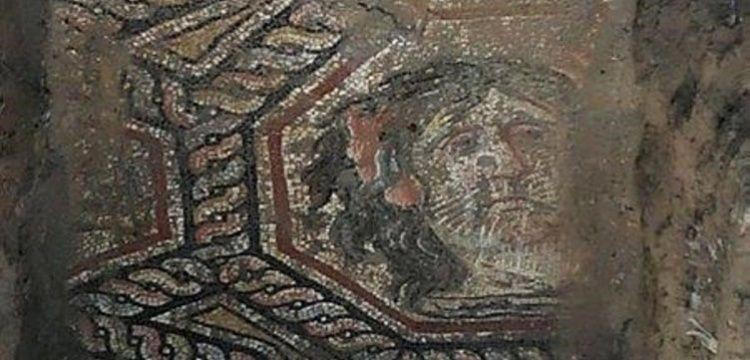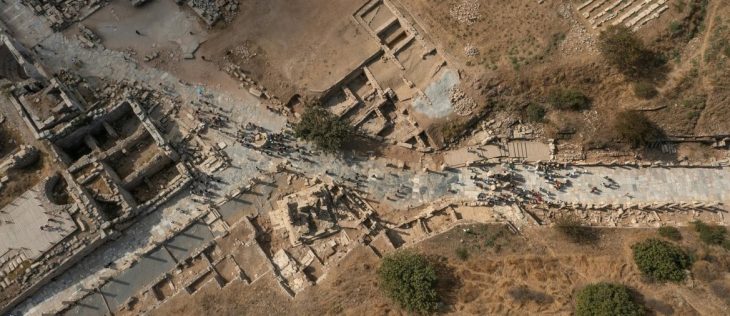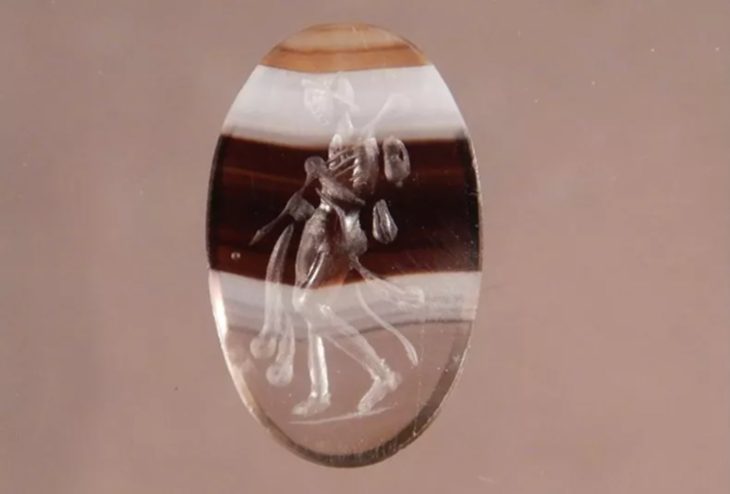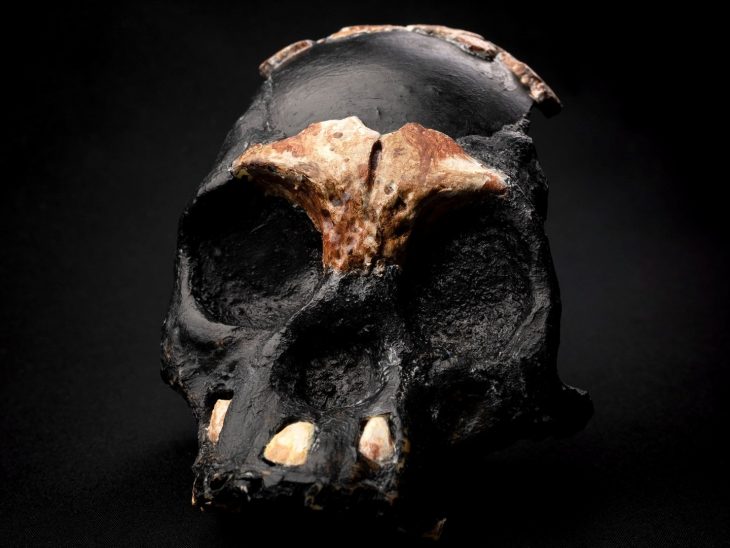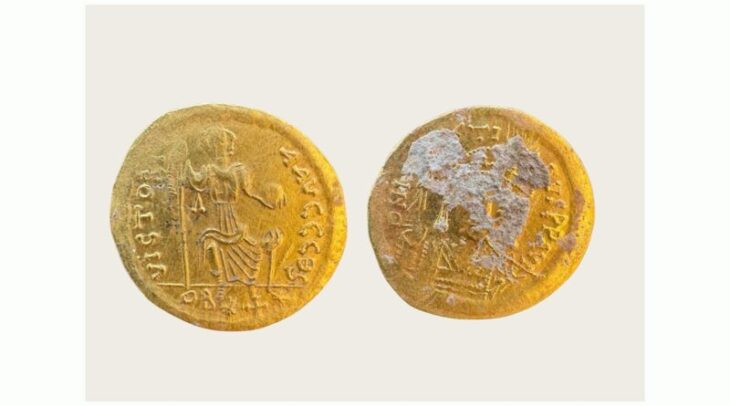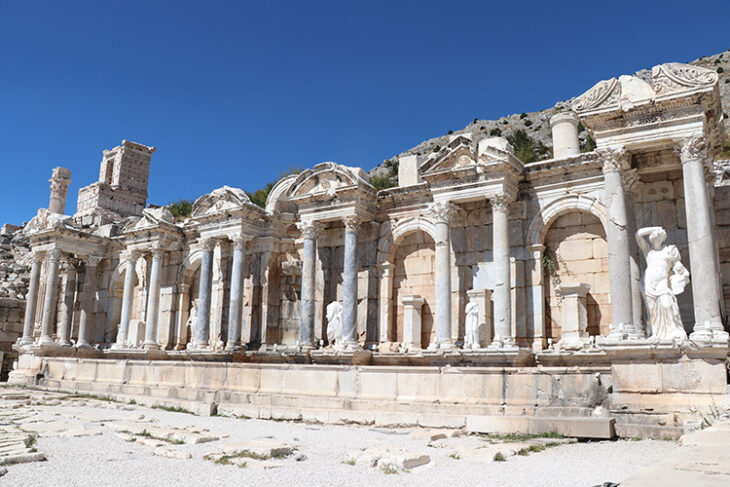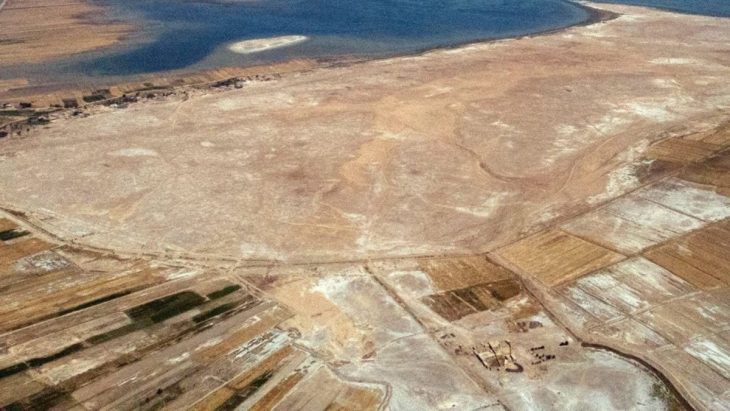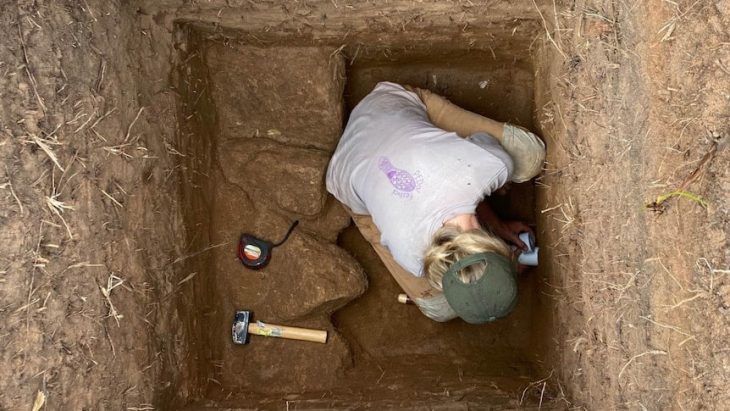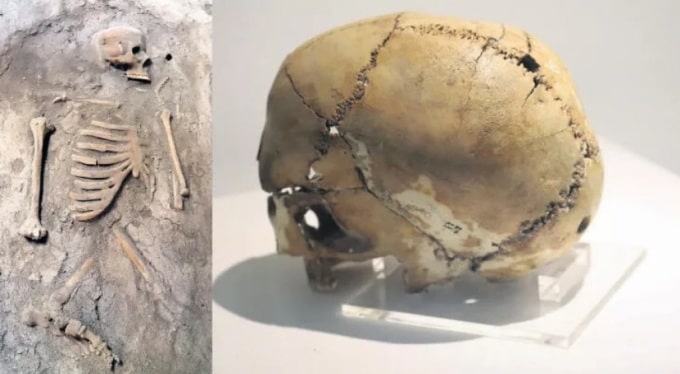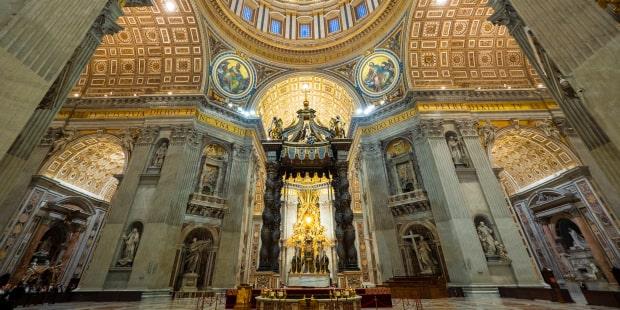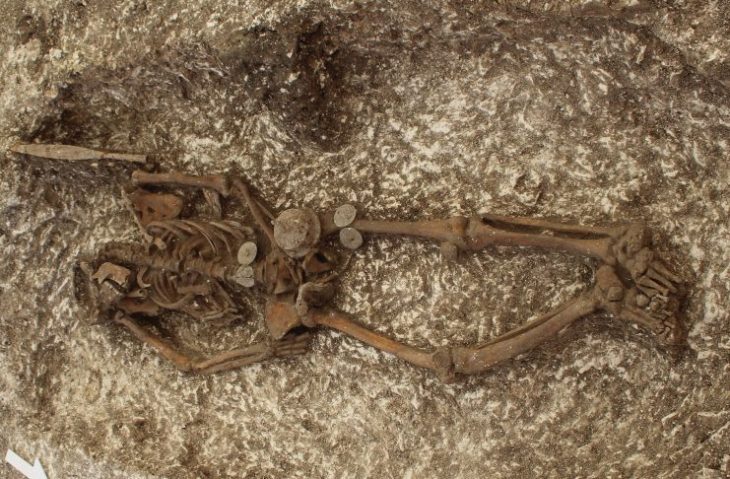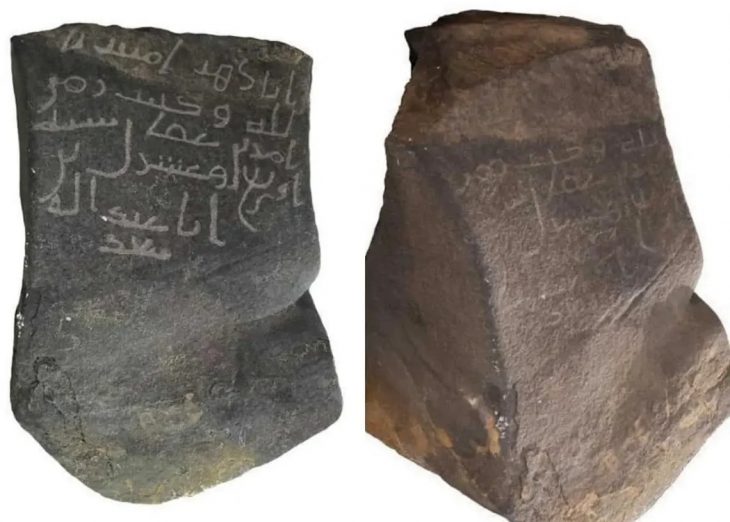A recent archaeological breakthrough in the ancient city of İznik, formerly known as Nicaea, has unveiled richly decorated Roman mosaics and burial plots that may have belonged to a high-ranking Roman general. The discovery is shedding new light on the elite lifestyle and urban development of this strategically vital Anatolian city during the Roman Empire.
The find emerged from ongoing excavations in the Hisardere necropolis, a historically significant burial zone on the outskirts of İznik. Archaeologists from the İznik Museum Directorate revealed three new Roman-era graves and a spectacular mosaic-covered basilica floor, sparking widespread academic interest and international media attention.
A Glimpse into the Roman Elite of Asia Minor
One of the most compelling elements of the find is a mosaic panel believed to have decorated the reception area of a private villa. Its vivid imagery and intricate craftsmanship — including interwoven serpents and human figures — suggest a commission by someone of high social and political standing, possibly a Roman military commander or aristocrat.
“The artistic quality and iconographic content of the mosaics, along with their location near elite tombs, point to a residence connected with the upper echelons of Roman provincial society,” says Dr. Ayşe Güngör, an archaeologist involved in the project.
Serpent motifs, often associated with healing, protection, and military prowess in Roman mythology, further support the theory of a high-status occupant. The discovery offers valuable insights into how Roman elites expressed power and identity through private architecture and decorative arts in the provinces.
📣 Our WhatsApp channel is now LIVE! Stay up-to-date with the latest news and updates, just click here to follow us on WhatsApp and never miss a thing!!
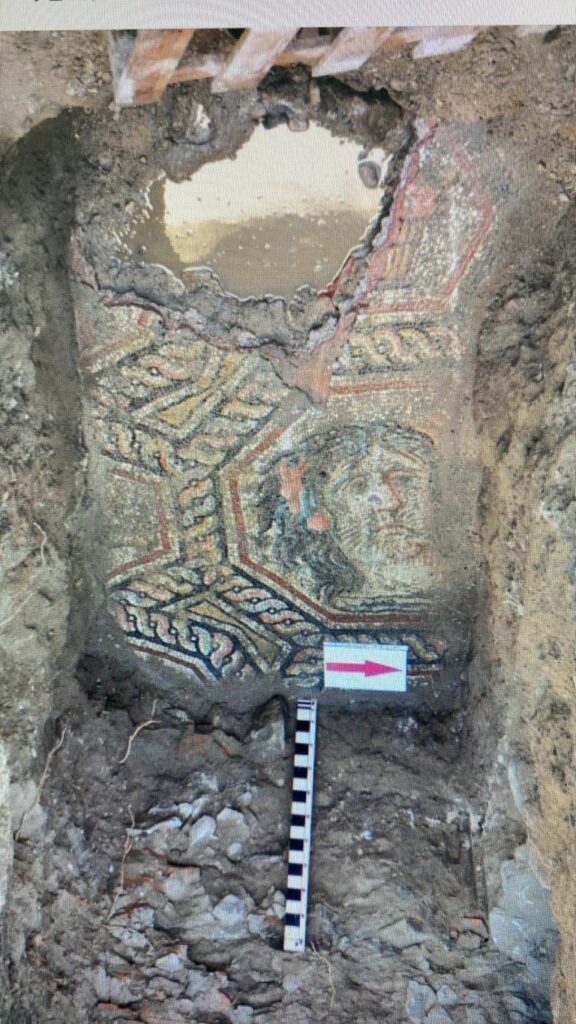
İznik: A Historic Jewel of the Roman and Byzantine World
Founded in the 4th century BCE and rebuilt by Lysimachus, one of Alexander the Great’s successors, Nicaea rose to prominence as a key city in the ancient kingdom of Bithynia before its incorporation into the Roman Empire in 74 BCE. Over the centuries, it became a vibrant political, religious, and cultural hub.
As a major urban center, Nicaea hosted two ecumenical councils — including the First Council of Nicaea in 325 CE, which had a profound impact on the development of early Christianity. The city’s legacy is still visible today in its remarkably well-preserved Roman and Byzantine fortifications, aqueducts, and theater ruins.
The latest excavation reinforces historical narratives describing Nicaea not only as an administrative capital but also as a desirable residence for Rome’s senatorial and military elite. The presence of ornate villas within the necropolis area suggests that high-status individuals were interred close to their estates — a practice not uncommon in Roman Asia Minor.
Rediscovery Sparked by Modern Development
The archaeological site first came to light in 2014 during routine infrastructure work, prompting a series of rescue excavations. However, property ownership disputes and legal expropriation delayed more comprehensive investigations until 2024. Since then, archaeologists have resumed full-scale excavation, leading to the discovery of the villa’s mosaic floors and burial grounds.
Experts from multiple disciplines, including epigraphy, art history, and conservation science, are now working collaboratively to analyze the artifacts. Researchers hope to find inscriptions or household items that could conclusively identify the villa’s original owner and offer a clearer picture of Roman elite life in the Anatolian provinces.
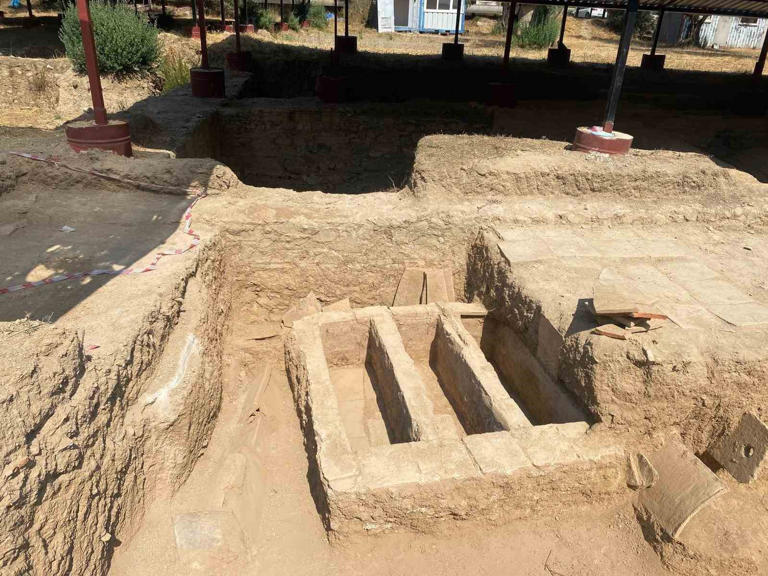
Preserving İznik’s Ancient Legacy
As preservationists document and stabilize the mosaics, efforts are also underway to enhance public awareness of İznik’s archaeological significance. Officials hope the site will eventually become part of a broader heritage tourism initiative, bringing international visitors closer to the rich history of Nicaea.
“This discovery not only enhances our understanding of Roman residential life but also reaffirms İznik’s place as one of Türkiye’s most important ancient cities,” says Dr. Güngör.
With ongoing excavations and growing academic interest, the story of İznik continues to evolve — layer by layer — offering new glimpses into a world where empires ruled, generals resided, and art spoke volumes about power and prestige.
Cover Image Credit: IHA

